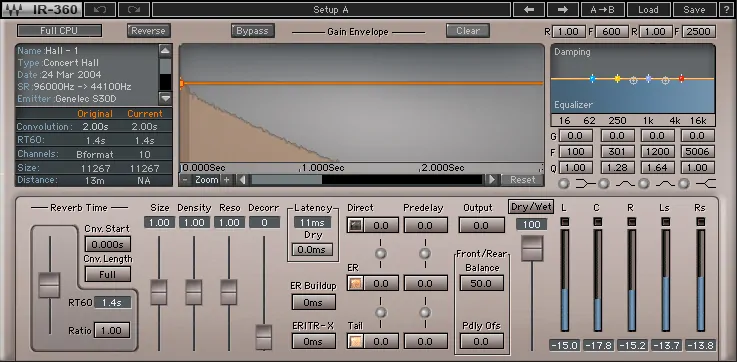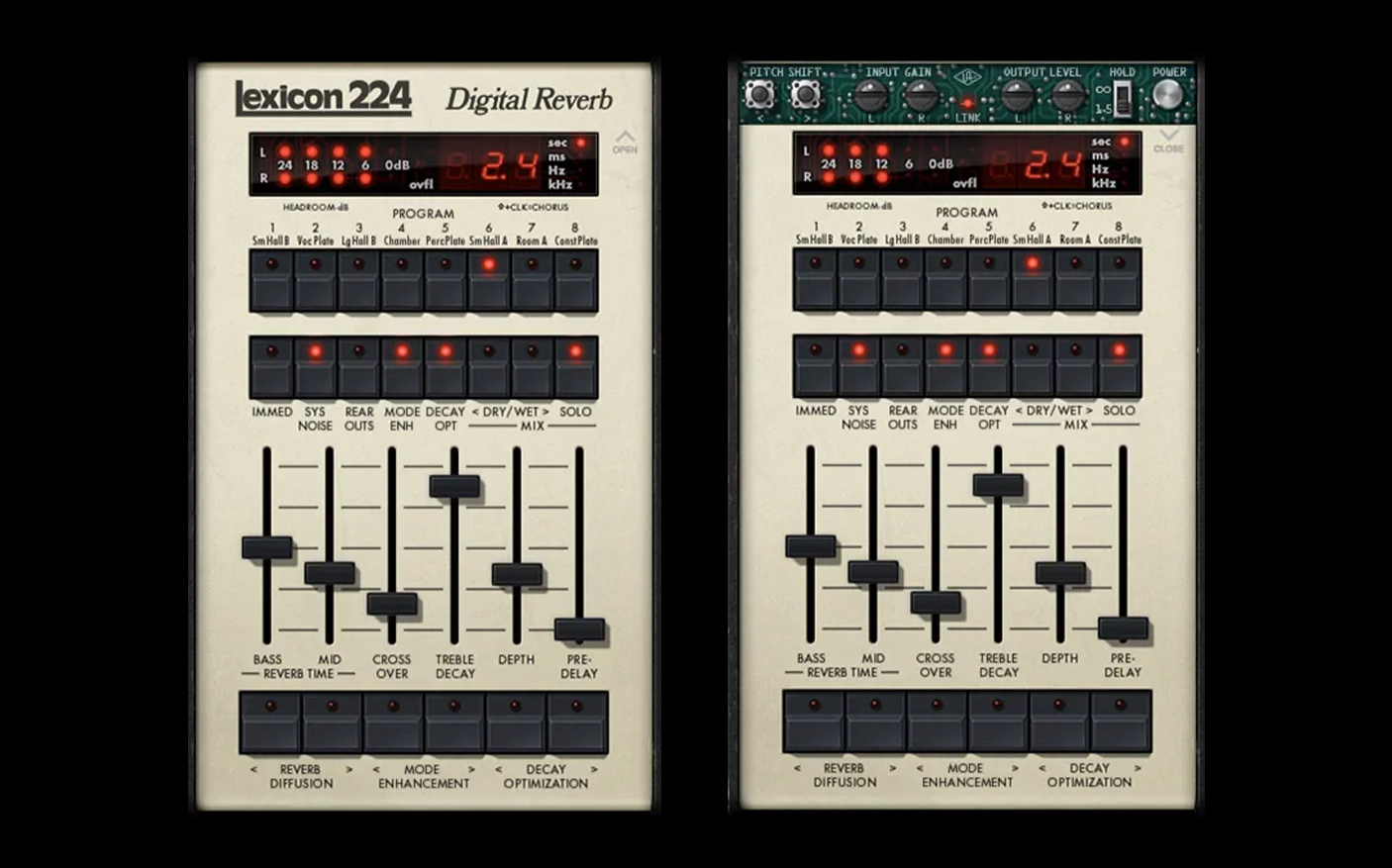As a mixing engineer I am always looking for a great sounding reverb that is unique to something I haven’t already got in my arsenal. For me reverbs have to sound natural. When I load a hall patch to tweak, it must sound as true to replicating the sound being played in a hall as is possible. Important factors all reverbs I use must have is a certain level of control. Controls such as room size/decay time is a must. Without this the reverb becomes a one trick pony. A highpass filter is a great feature to remove any unwanted low end rumble that may spill into the next sound. This isn’t essential as I much prefer to use a Cambridge EQ to shape my reverbs frequency range. The ability to control the depth of the reverb is also a key feature for me in order to generate a mix that sounds accurate to the room I am putting it in.
When it come to mixing a track, I like to use a number of different reverbs. Certain reverbs are great for one purpose while another is great for another purpose. Knowing which reverb works for which purpose is key. No one reverb is the best for every sound you throw at it. For instance a drum mix requires a different style of reverb to a string section. A sustain string section requires a totally different reverb to a staccato strings section. With this in mind a drum mix would require a more room like reverb almost replicating a small live room with tight reverb tails that don’t leak into the next drum hit. Where as if you were to add a hall reverb to a drum mix you’ll find the reverb spills into the next hit and will create an overall muddy and unnatural mix.
When it comes to using reverbs in the mix I like to emulate the music being played live in that room. By doing so gives your mix a more pleasing, natural and less digital and robotic sound. Picture your track in front of you being played live. Even it the track is electronic and has no live elements you can still visualise the track being played live, as if there were instruments being played. Try and think about the depth of the audio source. Where is it positioned in the room you are envisioning? If for instance you are working with the reverb for a for a horns section that is sat at the back of the room, emulate this using reverb. Sit the horns low in the mix to give the feel that they are at the back of the room then add the room type you have envisioned with a larger amount of reverb than an instrument you are visioning in the front row right in front of you.
1. Lexicon 224
The UAD emulation of the Lexicon 224 reverb is essentially a carbon copy of the original unit. Being a digital reverb this is more than possible to emulate in the box. Having used both a great deal, I can confirm they are pretty much like for like. The 224 is the reverb of choice for many recording and mixing engineers. 9 times out of 10 you will see the hardware controllers on every SSL and Neve console that is installed into a major studio. I’m putting this at no.1 because it is my go to reverb for most sounds and does cover most of the purposes I need a reverb for in a mix. This is the only reverb and only time in my life I ever use the word lush. It perfectly describes the Lexicon 224’s tone and sound. The sound is beautiful. You know when you hear a vocalist and the reverb just sounds so creamy and lush. It is most likely a Lexicon 224 vocal plate.
The reverb itself has 8 selectable reverb types including 2 small halls, large hall, vocal plate, chamber, percussion plate, room and a constant density plate. Every one of these reverb types has the classic lexicon sound everyone knows and loves. Whilst many users may feel 8 reverb types is a small amount for such an expensive reverb, you need to bare in mind that the sound of each of these reverbs is the best and a sound unlike any other reverb.
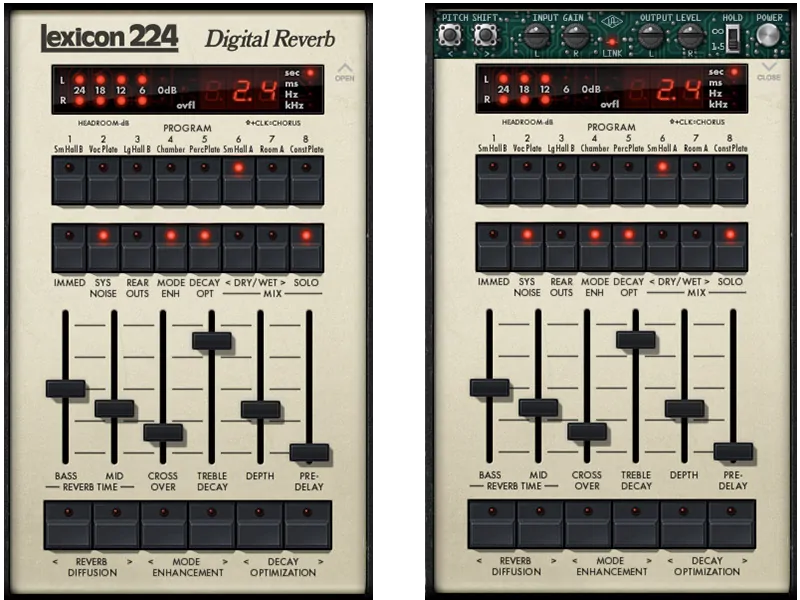
2. Dear Reality dearVR Pro
Dear Reality dearVR Pro is honestly a next level reverb unlike anything you will find on the market. It’s not cheap at £327 including vat, but believe me it is good. In a nutshell it is a panning tool that allows you to position the sound in your chosen to 360 degrees around you. You can even move your sound up over your head or below. Now this may not sound like a reverb but it does fall into this category. By selecting a room, lets say a church you can at a click of a mouse move the sound you have the plugin on, to the back of the room. By doing so does not only just make the sound sound as though you have moved it further away from you but the room is also emulated to give a true representation of the sound being played from the back of the room. It’s a truly unique plugin that does wonders for your mixes. Achieves a depth of sound no other reverb is capable of. It’s a room modelling reverb that takes audio to the next dimension. No longer will you think of audio as a space from left to right. You will think of audio as left, right, up, down, front, back and everywhere in between.
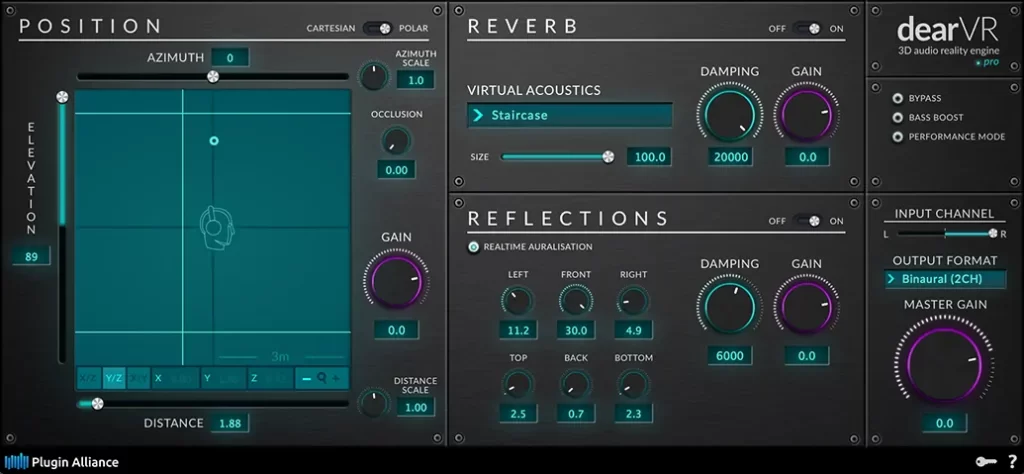
3. East West Spaces 2
East West spaces 2 is a convolution reverb of the highest calibre. It includes so many amazing sounding reverbs that will take you a long time to get round to using them all. The spaces that have been recorded include everything from various room, churches and public buildings to more interesting rooms like catacombs and train stations. The impulses responses all sound great and each one has a multitude of different versions to choose from. The plugin has a fair bit of control, not as much as other reverbs but enough to tailor your reverb exactly as you want it. Controls include room size which can be used to adjust the reverb tail decay amount and a filter used to roll off any unwanted frequencies. In terms of control this is really all you have. But what you do have is a reverb that replicates your sound being played in a real true to life room.
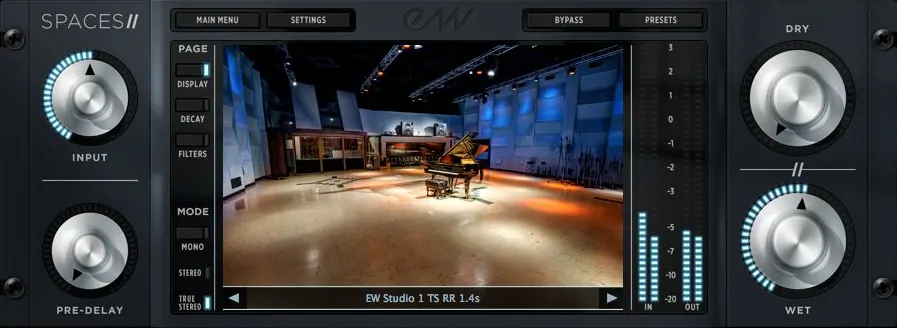
4. AMS RMX16 Expanded
The AMS RMX16 is a great all rounder reverb. The expanded version has a lot more reverb patches to choose from over the original version. I say it’s a great all rounder because anything you throw at it there’s a patch that is perfect for it. And if there isn’t, with a bit of tweaking you can create the perfect patch for the sound you are after. I like to use this reverb a lot on drums. Mainly becasue there’s a great deal of really good drum rooms to choose from including rooms that give you a slap back delay type sound. It essentially doubles up as delay too. The AMS RMX16 is emulating the original unit, which is a very sort after reverb many engineers loved. The algorithms have been ported over to the plugin identically, so theoretically what you hear on the plugin is identical to the hardware unit. This is a great plugin for anyone who wants to just have one all rounder reverb that will work with everything.

5. Waves IR-360 Convolution
Last but by no means least is the Waves IR-360 convolution reverb. There are over 4GB of impulse responses to download and use with this reverb but that’s not why I like it. I use this convolution reverb to load my own impulse responses that I’ve recorded over the years and many of which that are loaded into our kontakt samplers convolution reverb. It has a great deal of control such as room size and early / late reflections. The sound library is ok. It’s nothing compared to the East West spaces sound wise. But the fact that you can use your own IR’s is what makes it great for me. I have lots of obscure impulse responses recorded that I love to use in sound design to place sounds in weird environments such as washing machines and filing cabinets.
